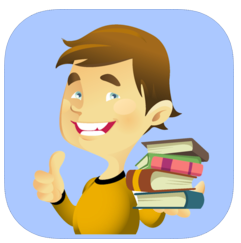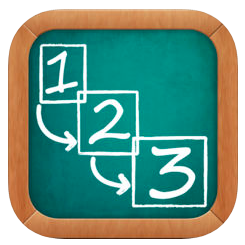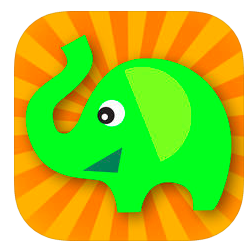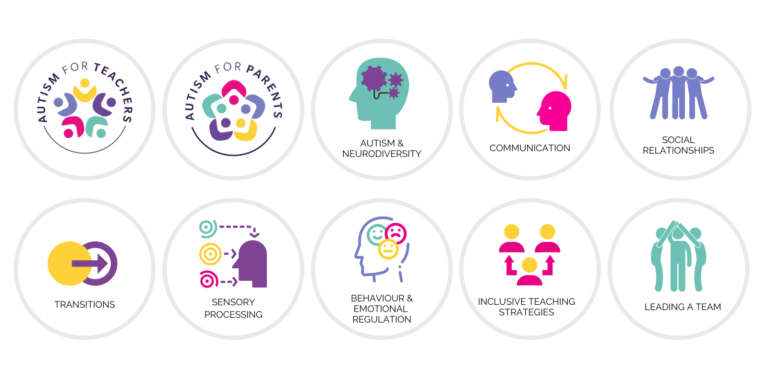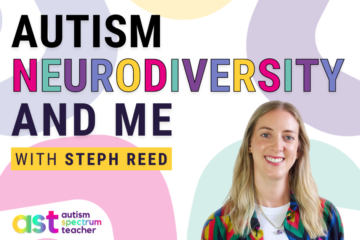Table of Contents

Written by Jamie Barnes
Recent data shows that approximately 1% of the world’s population are on the autism spectrum. This is a twenty-fold increase from studies conducted more than two decades ago, though the rise in prevalence of ASD may be due to changes in the diagnostic criteria.
Technology can play a meaningful role in helping children on the autism spectrum learn, interact, and enjoy the world around them. It also assists parents, teachers, and caregivers in finding the best approach to educating a child with developmental delay.
Have a look at these five education apps that can help you and your child manage daily challenges associated with autism.
A study published in the Journal of Autism and Developmental Disorders reinforces findings that people on the autism spectrum can have difficulty reading facial expressions. Similar to an emotional regulation resource posted here, Learn With Rufus is an interactive game that allows children to identify the particular emotion that corresponds with a facial expression. Researchers have found that early behavioural intervention is key in teaching children to pick up non-verbal cues, even subtle ones, and the appropriate response for each. This app is practical in the earlier stages of development.
Teachers can use Stories2Learn to promote new social concepts, such as sharing, by turning these lessons into fun stories complete with audiovisual elements. Creating personalised tales through S2L aims to improve a child’s literacy, social, and even fine motor skills. It can accelerate the learning process for those with developmental disorders as well as neurotypical children.
Children with ASD and other related conditions such as ADHD, often have difficulty coping with an unstructured environment. They can benefit from having a visual schedule which gives children cues for their next activity through the use of symbols, images, words, or sounds. The Indiana Resource Centre for Autism explains that the predictability increases independence when transitioning from one activity to the next. First — Then Visual Schedule is a simple yet highly useful app that shows a child what needs to be done now (first) and what will come after (then). The schedules break down events or detailed steps to complete an activity and can be tailor-made for each individual. Children with ADHD can also highly benefit from the ‘first-then’ order because it helps practice self-control and regulate behavioural tendencies. Establishing routines early on sets them up for later in life when they need to demonstrate their independence and be in control of their impulses.
With an average rating of 4.5 stars, Autism Therapy with MITA is considered one of the best designed apps that targets common struggles that autistic children and their families face on a daily basis. MITA stands for Mental Imagery Therapy for Autism which the US National Library of Medicine describes as an application that uses interactive puzzles to train a child to notice and respond to multiple cues that appear simultaneously. The app includes games such as Auditory Memory Game which trains the child’s auditory working memory through the instructions; and Combine Toys which focuses on spatial prepositions and relations.
Toca Store uses the power of interactive play to exercise a child’s decision-making, mathematics, and role-playing skills. Through the app, a child may choose to be a storekeeper, a customer, or both and run a virtual store where they can choose what to sell, set prices, and purchase items. It also encourages cooperation through its multiplayer feature and negotiates retail prices like a real store owner with the friends they choose to play with.
When looking for a different approach in teaching a child with autism, take the words of Dr. O. Ivar Lovaas to heart: “If a child cannot learn in the way we teach, we must teach in a way the child can learn.”

